
Plant of the Month
Cratoxylum maingayi
Cratoxylum maingayi is a critically endangered tree species in Singapore, best known for their beautiful, pale pink ornamental flowers which are often accompanied by a flush of reddish young leaves. Growing up to 20 m tall, this deciduous species sheds its leaves seasonally, adding variety to the landscape. One individual is listed as a Heritage Tree and can be observed in its natural forest habitat at Bukit Timah Nature Reserve.
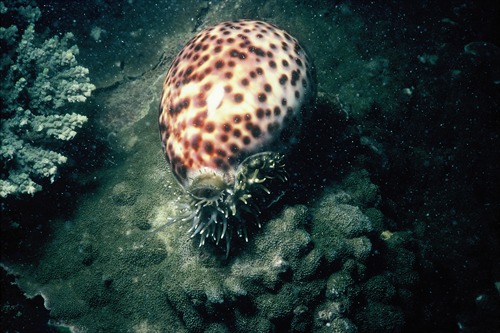
Animal of the Month
Cypraea tigris
Cypraea tigris, commonly known as the Tiger Cowrie, is a large sea snail found on the ocean floor in the Indo-Pacific region. Once common, it is now much less abundant due to shell collecting and habitat destruction. In Singapore, it is exceedingly rare.
Sunda Slow Loris
Video of wild Sunda Slow Loris in Singapore, captured on Night Vision Equipment.
Flora & Fauna News
View All.jpg)
Unlocking the Secrets of Hoya Pollinaria Diversity
02 June 2025
Unlocking the Secrets of Hoya Pollinaria Diversity
02 June 2025
A comprehensive study of 85 species and 4 subspecies of Hoya revealed ten distinct pollinarium types, highlighting structural variations across the genus. Researchers observed differences in key floral traits, such as the shape and texture of pollen structures, which are important for successful pollination. These traits were analysed using a phylogenetic tree, which showed that similar features had evolved multiple times across unrelated groups, a pattern known as convergent evolution. These findings enhance our understanding of floral adaptations in Hoya and offer valuable insights for taxonomy and conservation of this beloved tropical genus, which thrives in Southeast Asia’s diverse habitats.

Ninety Years Of Reshaping Tropical Leafing Patterns
06 May 2025
Ninety Years Of Reshaping Tropical Leafing Patterns
06 May 2025
With climate change, Singapore experiences more distinct drier and wetter periods than it did 9 decades ago and tropical trees are adapting to these changes in the weather. Researchers from the Singapore Botanic Gardens studied how changing weather patterns affect leafing behaviour in 23 tropical tree species, analysing historical phenological and weather records, field observations, and climate data dating back to 1927. The findings reveal that the increase in seasonality of rainfall have resulted in more frequent leaf flushing, which could impact plant-herbivore interactions, nutrient cycling and overall ecosystem resilience. By providing critical insights into how tropical trees are adapting to a changing climate, this research also highlights the importance of ongoing monitoring and conservation efforts.

How Colour Changes in Licuala ferruginea Fruits Signal Bird Dispersal Strategy
03 April 2025
How Colour Changes in Licuala ferruginea Fruits Signal Bird Dispersal Strategy
03 April 2025
A study was conducted by researchers from NParks to understand the correlation between the changing colours of Licuala ferruginea fruits and their fauna seed-dispersers. By monitoring local plant specimens in rainforest and nursery settings, observations suggest that the initial red colour serves as an early advertisement to birds while subsequent pink and white stages aid in camouflaging, allowing the fruit to ripen finally to purple and black. Purple and black colouration are established visual prompts for frugivorous birds, signalling that fruits are ripe to consume. Despite being fed on by a range of mammals, it is postulated that Forest bulbuls are the intended dispersers for Licuala ferruginea due to their gape sizes matching the fruit size. This theory supports the hypothesis of coevolution between fruit traits and disperser morphology and behaviour.
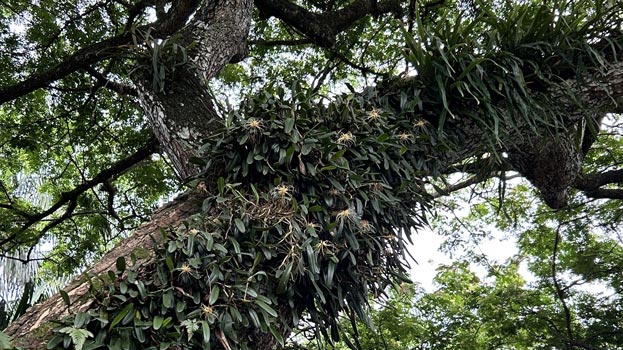
Orchid Renaissance in Singapore’s Urban Jungle
03 March 2025
Orchid Renaissance in Singapore’s Urban Jungle
03 March 2025
Singapore’s urban landscape has witnessed a remarkable resurgence in native orchid species. Over the past 15 years, the number of extant native orchids species has increased from 45 to 76, due to taxonomic revisions and new discoveries. This success stems from the establishment of resident taxonomists that embrace integrative taxonomy and comprehensive botanical surveys and field research. The Singapore Botanic Gardens plays a crucial role in orchid conservation, spearheading ex-situ propagation and reintroduction programmes leading to the successful reintroduction of over 60 native orchid species across the city-state. This orchid renaissance demonstrates that urban areas can serve as important refugia for biodiversity, offering hope for conservation in city environments worldwide.


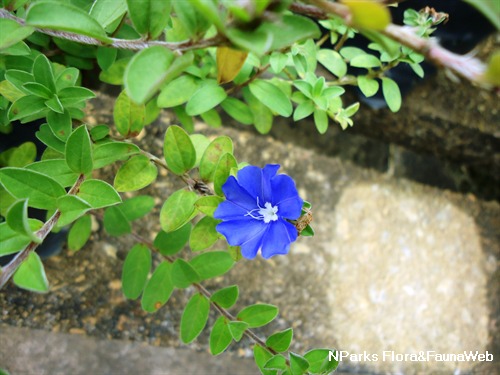



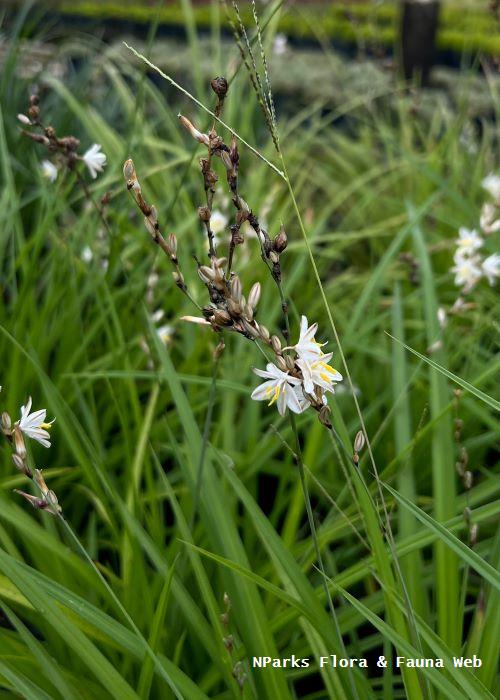

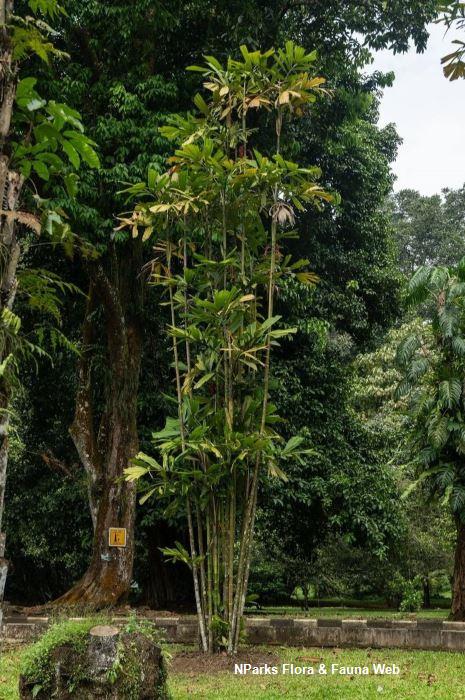

_lowres.jpg)

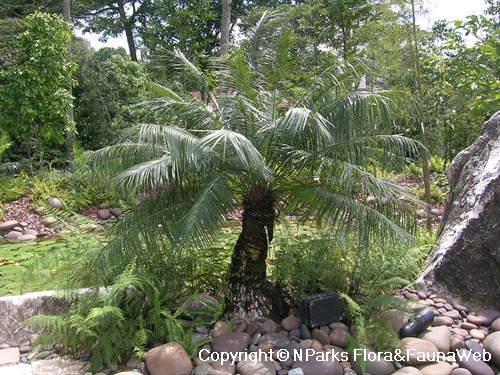
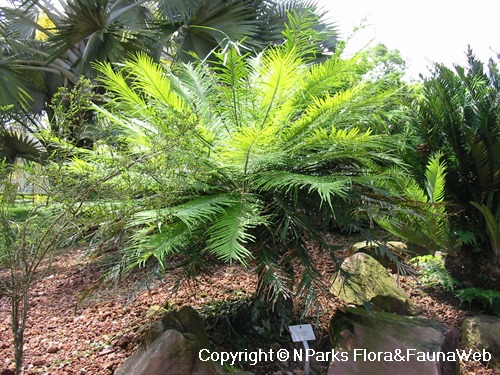
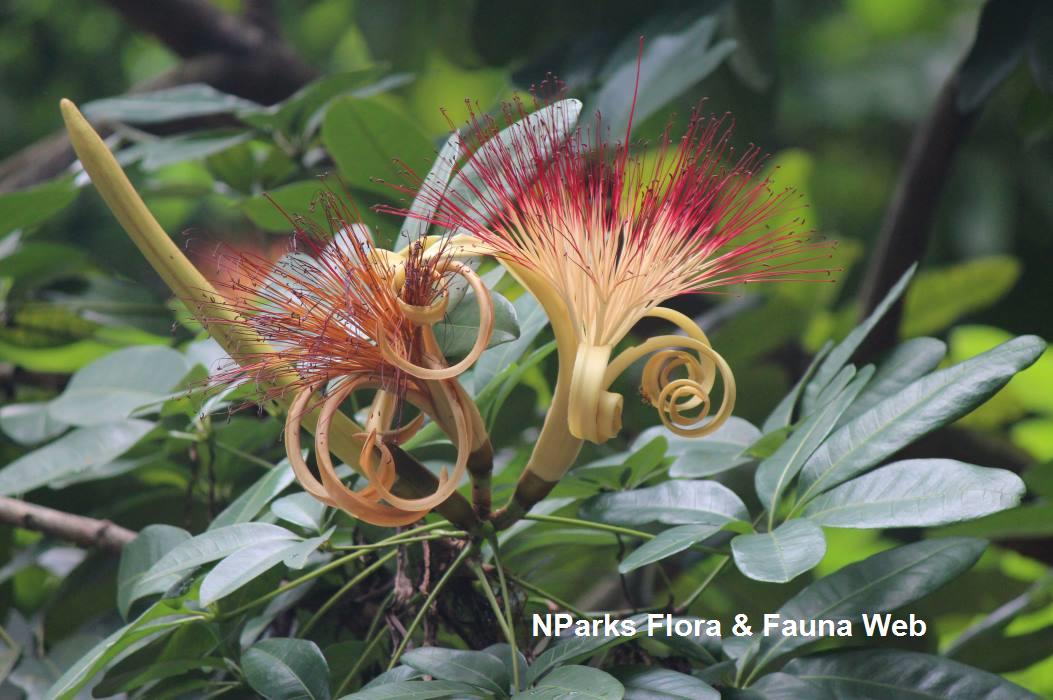

.jpg)

.jpg)
